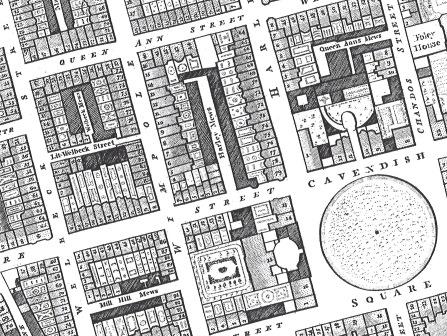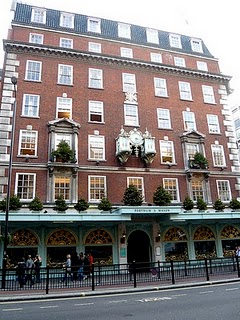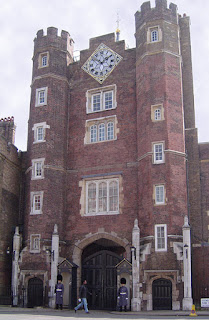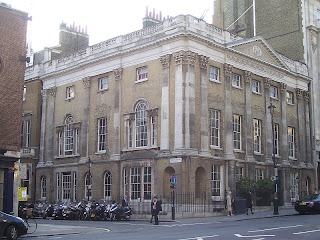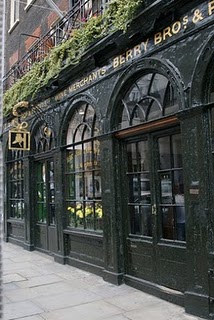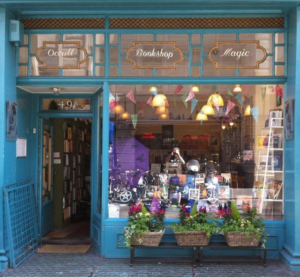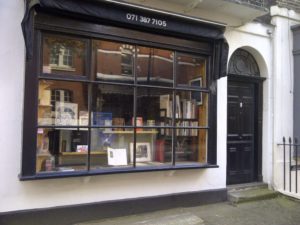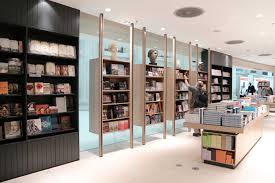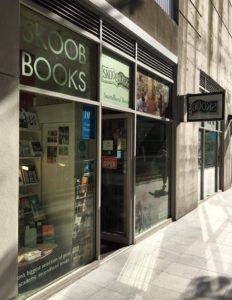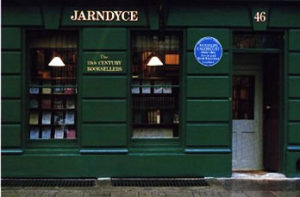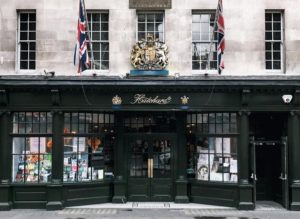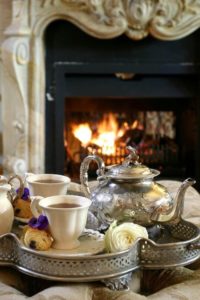Not since Hibbert and Weintraub edited The London Encyclopedia has there been a book that has taken London history and served it up in so enjoyable, usable and entertaining a package. Taking entries from letters, diaries and journals written by over 200 people, from Tudor times to nearly the present, editors Elborough and Rennison break them down by date and offer them up in daily entries covering the 365 days of the year. Often, days have more than one entry and it’s amusing to hear the different voices of diarists who have lived in the same place across the centuries.
By turns chatty, introspective, informative, superfluous, descriptive, evocative and nonsensical, A London Year is a big, doorstop of a book that should be kept at the bed or fireside and dipped into at intervals as a treat. You’ll want to devour it at one sitting, but I urge you to instead savour it’s contents a bit at a time – and then go back to the beginning and start again. Otherwise, the book may prove addictive. This is truly a Christmas present of a book for everyone who loves London, even if that person should happen to be yourself.
Here are just a few entries from A London Year to whet your appetite:
William Bray, Diary, 1757
To Drury Lane Theatre: King Lear by Garrick. Agreed with the barber for shaving me at 6s. a quarter.
Lord Byron, Journal, 1813
Two nights ago I saw the tigers sup at Exeter Change. Such a conversazion! – There was a ‘hippopotamus,’ like Lord Liverpool in the face; and the ‘Ursine Sloth’ hath the very voice and manner of my valet – but the tiger talked too much. The elephant took and gave me my money again – took off my hat – opened a door – trunked a whip – and behaved so well that I wish he was my butler . . . .
All London is excitement on account of a Zeppelin raid which took place in the small hours of this morning. Four Zeppelins participated and two were brought down. Late at noon, a German seaplane dropped a bomb just in front of Harrods.
Noel Coward, Diaries, 1951
Went to the Tower Pier at six to go on a yacht party up the river. Very grand and enjoyable, particularly coming back and looking at the South Bank, which looks like a dog’s dinner, and the North Bank – floodlit – which with St. Paul’s, Somerset House, The Houses of Parliament, etc., was breathtakingly lovely. Felt tears spring to my eyes when one of the ship’s crew nudged me and said, “How’s this for `London Pride’, eh?'”
Charles Greville, Diary, 1830
I went yesterday to the sale of the late King’s wardrobe, which was numerous enough to fill Monmouth Street, and sufficiently various and splendid for the wardrobe of Drury Lane. He hardly ever gave away anything except his linen, which was distributed every year Theses clothes are the perquisite of his pages, and will fetch a pretty sum. There are all the coats he has ever had for fifty years, 500 whips, canes without number, every sort of uniform, the costumes of all the orders in Europe, splendid furs, pelisses, hunting coats and breeches, and among other things a dozen pair of corduroy breeches he had made to hunt in when Don Miguel was here. His profusion in these articles was unbounded, because he never paid for them, and his memory was so accurate that one of his pages told me he recollected every article of dress, no matter how old, and that they were always liable to be called on to produce some particular coat or other article of apparel of years gone by. It is difficult to say whether in great or little things that man was most odious and contemptible.
Sir Roy Strong, Diary, 1969
I arrived early at 115 Ebury Street . . . . in a flat painted all over in a particularly awful shade of 1940s green. But he did have good pictures by Mathew Smith and Graham Sutherland. It had never crossed my mind what kind of party this was to be but that began rapidly to dawn on me as not a woman appeared and twenty men gradually filled the room. I left as soon as I could decently extricate myself, appalled at the sight, amongst other things, of all those bottles of cosmetics ranked above his dressing table.
Nathaniel Bryceson, Diary, 1846
Old Walker, proprietor of the hotel, 33 Dean Street, Soho, corner of Queen Street, has had his house lately pointed down and painted, and has this day had a square lamp fixed, lit with gas which till now has been a round one with tin top and lit with oil, and which was no doubt the original one put up when the house was built, which is about 160 years. This is an alteration which I am both surprised and displeased at as the house preserved its ancient look so like hotel and tavern of the 17th century. The proprietor thereof is very old both in years and fashion, wearing at all times a black suit with breeches and black stockings, and as I have heard saw Margaret Nicholson attempt to stab George III.
Evelyn Waugh, Letter to Nancy Mitford, 1955
I knew a woman who could not bear to say `W.C.’ for the London postal district because of its indelicate associations and always said `West Central.’
R.D. Blumenfeld, R.D.B.’s Diary, 1900
Yerkes, the projector of the new Charing Cross, Euston, and Hampstead electric underground, said to me that in spite of the opposition which he meets at every turn he proposes to go ahead with it. He has secured the backing of some large American financiers to the extent of $30,000,000, and he predicted to me that a generation hence London will be completely transformed; that people will think nothing of living twenty or more miles from town, owing to electrified trains. He also thinks that the horse omnibus is doomed. Twenty years hence, he says, there will be no horse omnibus in London. Although he is a very shrewd man, I think he is a good deal of a dreamer.
Sydney Smith, Letter to the Countess Grey, 1834
I am better in health, avoiding all fermented liquors, and drinking nothing but London water, with a million insects in every drop. He who drinks a tumbler of London water has literally in his stomach more animated beings than there are men, women and children on the face of the globe.
Dickon Edwards, Diary, 2005
After viewing Mr. Nicholson Senior’s art at the RA, I sit in Borders Books Café, Charing Cross Road. The café is now a Starbucks, so I only use it if the one in Foyles (still an independent family business) is full up. And then, as I do in all Starbucks, I only ever order tea. Tea drinking as a revolutionary act, I like to think. The joke’s on me, as their tea is revolting. Clever, very clever . . . . .


